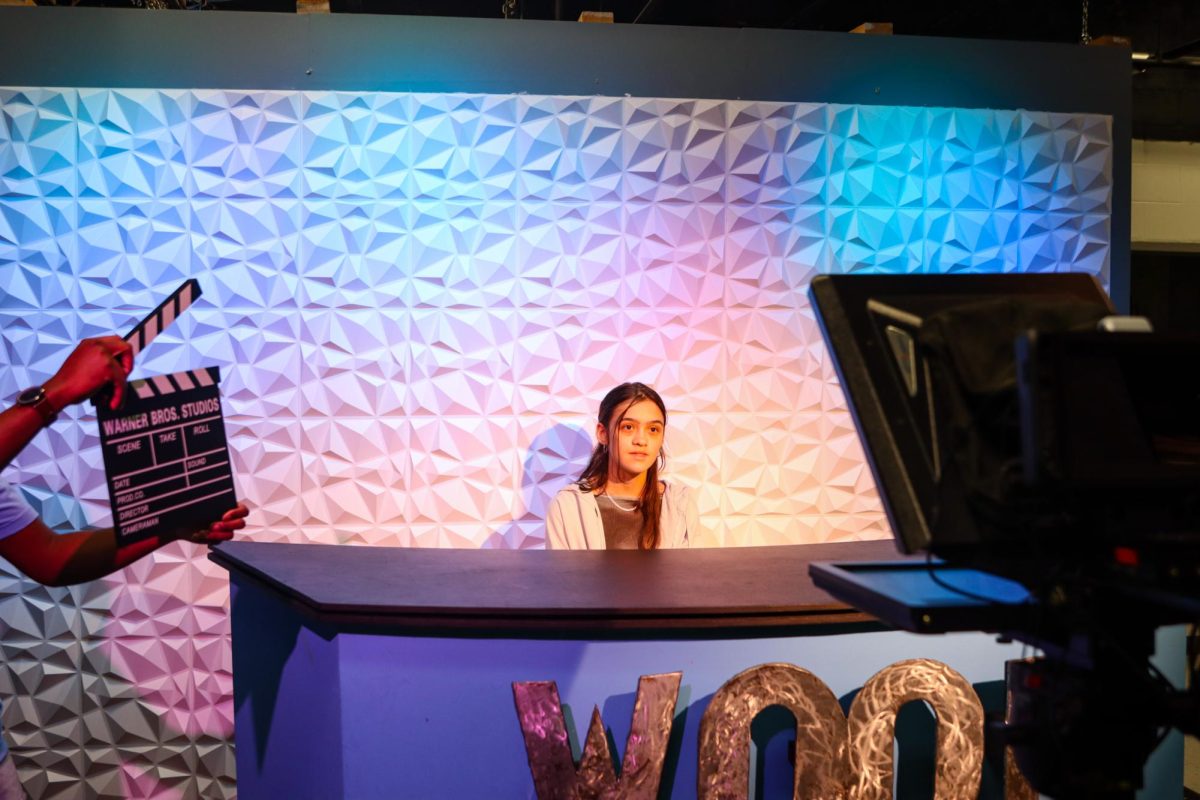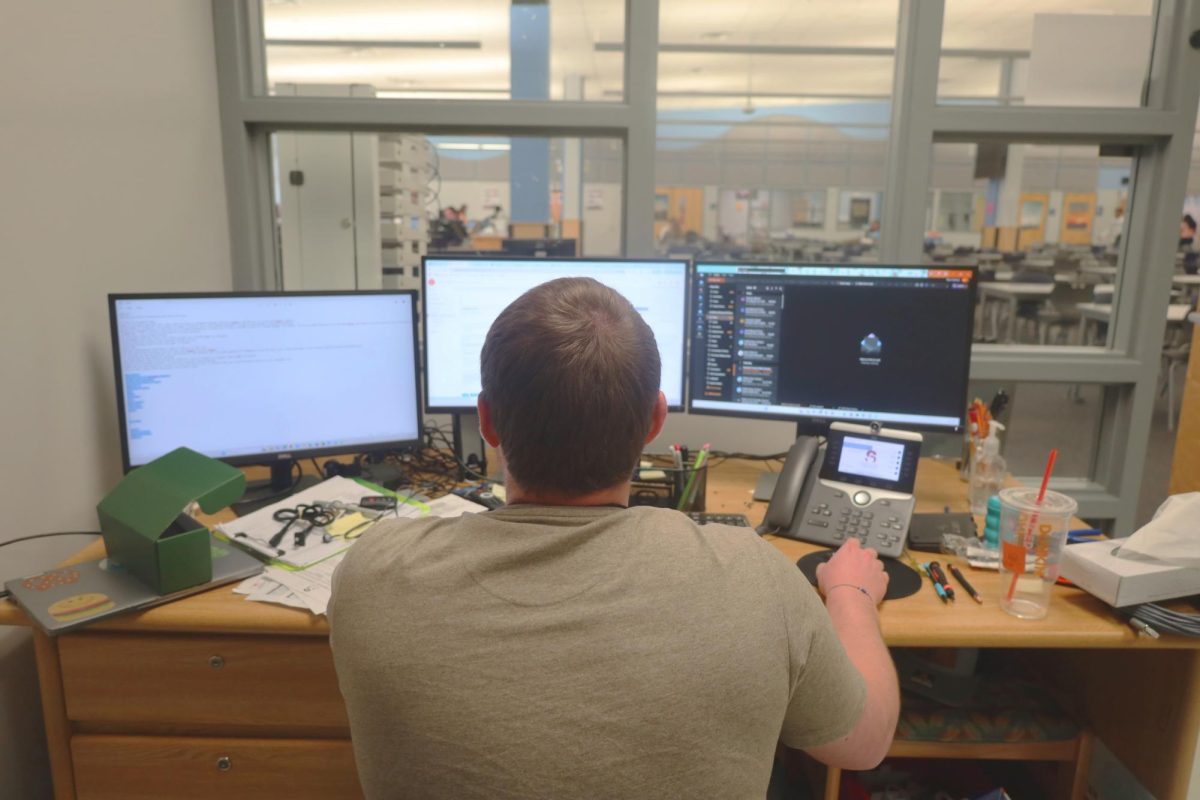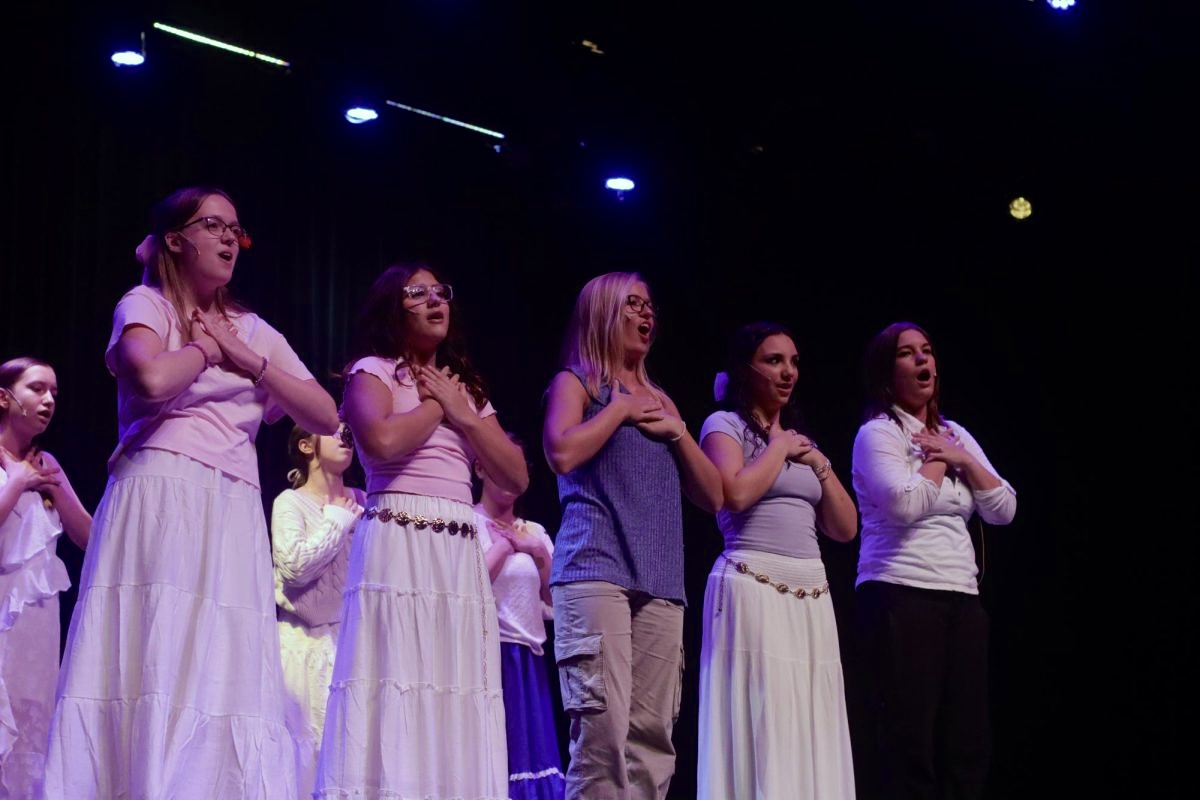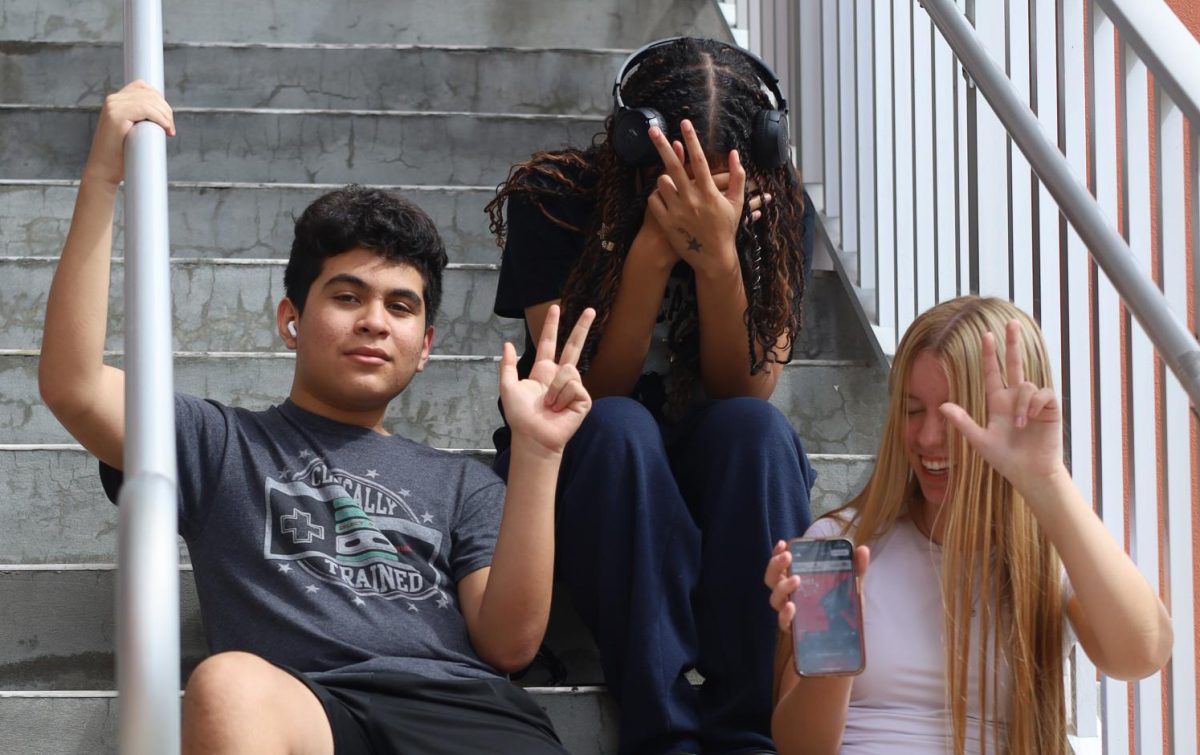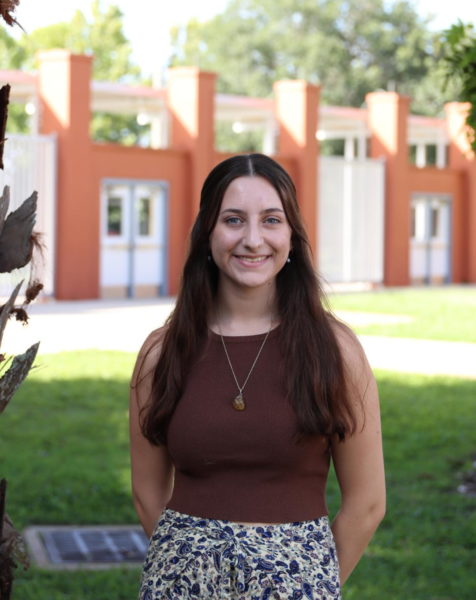Brainstorming for his Modeling and Simulation capstone project, senior Mason Kretzschmar had one clear idea: a video game.
“The whole point of Modeling and Simulation 4 is that you do your own assignment because it’s a big capstone that you can put in your portfolio when you do this for your career,” Kretzschmar said. “I love video games, so it was one of the first things I thought of and it kind of just expanded from there.”
While the four-year program is in the program of emphasis, the course has now been incorporated under the Academy of Advanced Learning Technology. Through the new academy, students can choose one of three routes: Modeling and Simulation, Artificial Intelligence or Computer Programming. While each of these courses come with their own focuses and requirements, the knowledge gained in each can transfer into other areas of software.
“I think this project highlights a lot of skills you use in AI or Computer Programming using Unreal Engine, there’s a huge programming element to it,” Modeling and Simulation teacher Laura Ramsey said.
After Kretzschmar introduced the idea to the program’s level four class, the students began to draft ideas for the storyline of the game, deciding to model the plot after “The Terminator,” having the school’s new Minga application take over the school.
“The storyline we have as of right now is that we all think Minga is a silly concept,” Kretzschmar said. “You have to go around and stop Minga from destroying the world.”
Hoping to incorporate teachers and administration into the game, Kretzschmar and his classmates met with principal Robert Frasca to gain approval for the game. After creating permission slips for teachers and staff, the students were able to get over 17 teachers on board to become characters in the game. With some teachers being created as non-playable characters, or background characters known as NPCs, and others becoming playable characters, such as Ramsey, Frasca and Modeling and Simulation teacher Adam Hayden, the group looks forward to how the game will be received by other students, who will eventually be able to access the finished game through the Hagerty student shared drive.
“Kids can still be playing something Hagerty-related, educational and that can also be fun because it sucks being stuck in class with nothing to do, so having a game would make it more fun,” Kretzschmar said.
During their class time, the six collaborators divide the work between creating assets programming, drafting models and blocking out the game’s scenery. For lead programmer Nicholas Maxwell, the game serves as an opportunity to explore the creative elements in computer programming.
“I do some of the animations for [the characters], so I can use these animations in the game to make him do certain things like run, attack jump, all sorts of things,” Maxwell said. “I think the most enjoyable part is making the characters.”
Modeling and Simulation, the school’s program of emphasis, teaches students the basics of computer modeling and image referencing. Learning software programs like Maya and Unreal Engine, which are used to produce animated movies and power popular games such as Fortnite, students in the program can develop skills necessary for success in modeling and simulation careers.
The team hopes to have a running version of the game up by the second semester, dividing the project’s responsibilities between both class time and the weekends. According to Kretzschmar, the game should shine a positive light on the possibilities students can achieve through Modeling and Simulation, and should encourage more incoming students to join the program.
“Throughout my time in Modeling and Simulation, we’ve had four different teachers, so it’s been a shaky program so far, but with Mrs. Ramsey, she’s been a solid rock, and Mr. Hayden coming in last year has broadened the program, and having an actual functioning game will get kids interested in the Modeling and Simulation program,” Kretzschmar said. “Kids will talk to their little siblings and get them interested in it when they get to high school, so that way Hagerty’s magnet program can be an actual magnet program rather than just a fun computer class that is an easy A.”



